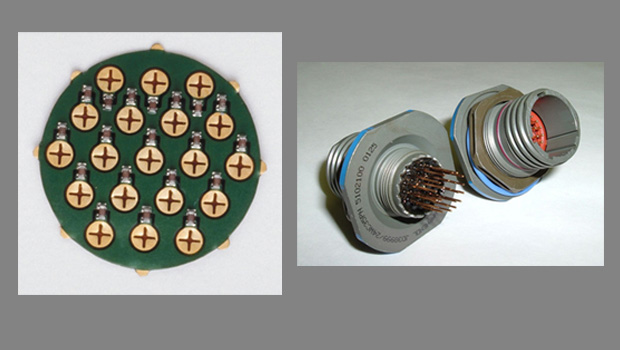Filtering EMI and RFI Noise
Noise can not only degrade the performance of electronic equipment, it can also prevent new electronic equipment designs from passing compliance testing. A combination of factors, such as increasing digital processing speeds, shrinking electronic package sizes, and more densely spaced electronic components, are contributing to increased amounts of electromagnetic interference (EMI) and radio-frequency-interference (RFI) noise, and boosting the needs to understand such noise sources and how to protect against them. Fortunately, as noise sources have become more complex, filtering solutions, such as filtered connectors, have been developed to help keep EMI and RFI in check.
Unwanted noise such as EMI and RFI can degrade the performance of communication and computing systems and cause false triggering and faulty readings in vital sensor circuits, resulting in system failures. Such noise can also cause incompatibility and compliance problems between different commercial, industrial, and military systems, resulting in noncompliance between those systems. As a result, engineers must be fully aware of and address the needs for EMI, RFI, and even electromagnetic-pulse (EMP) protection during the design and test phases of a project; various operating conditions, such as transient voltage surges, can result in elevated EMI and RFI levels.
Being aware of possible problems from EMI, RFI, and EMP can help avoid failing compliance testing for a new product, and the costs of redesigning and retesting the electronic systems and components for that product.
Full article by Brett Robinson, Director of Engineering, EMI Solutions, Inc.





























































































































































